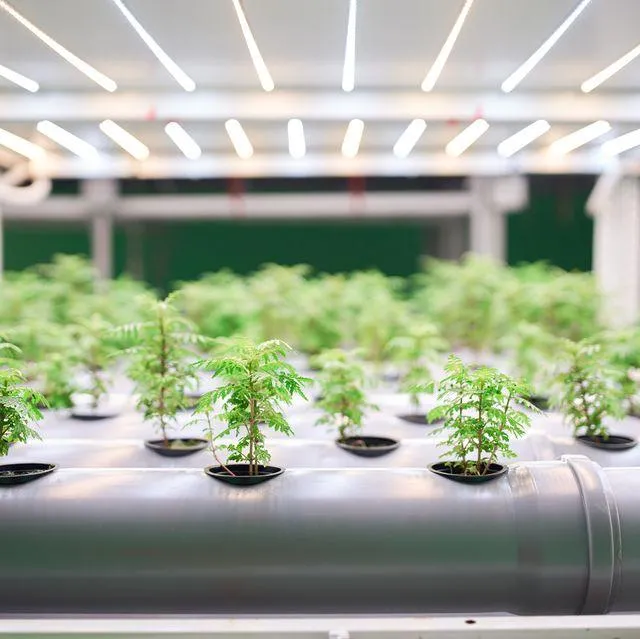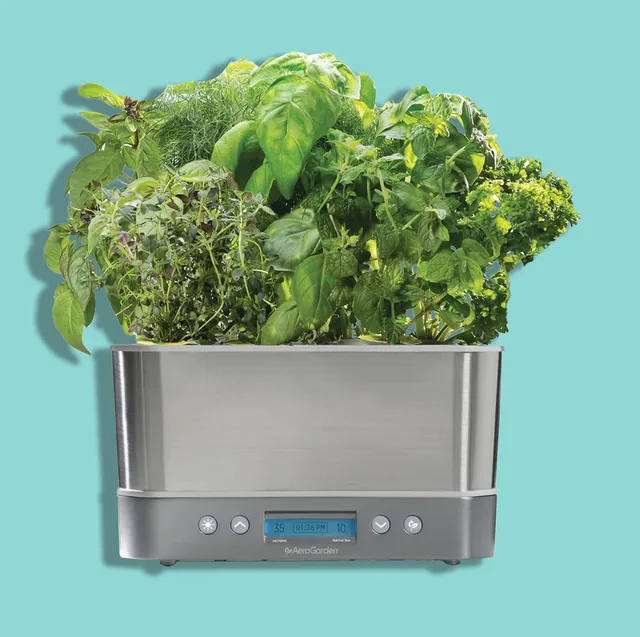The Top Indoor Houseplants to Bring Nature Inside
Whether you’re looking to add some greenery to brighten up your home or want low-maintenance plants that purify the air, indoor houseplants are a great option. From my experience helping many customers choose the right plants for their indoor spaces, here are some of the best trees and plant varieties to consider.
Chinese Evergreen (Aglaonema)
The Chinese evergreen is one of the most popular and easy-to-grow indoor trees. With its attractive variegated leaves in shades of green, cream, and pink, it’s sure to be a real eye-catcher. I’ve had a Chinese evergreen in my home for years now that has grown quite large without any special care. It thrives well in low to medium indirect light and can even tolerate neglectful watering habits fairly well.
While these trees can withstand some abuse, the variegated varieties are slightly more finicky and require consistently moist soil to prevent brown edges on the leaves. Rotting from overly soggy soil is the main problem I’ve faced with Chinese evergreens, so allow the top inch to dry between waterings. Overall, they’re pretty chill plants that even beginners can keep happy.
Spider Plant (Chlorophytum comosum)
Spider plants are hands-down one of the easiest indoor trees to care for. I’ve given many as gifts since they are nearly foolproof. They love bright, indirect sunlight and thrive with infrequent watering. Spider plants also have the fun ability to produce plantlets called “spiderettes” along their stalks that you can easily propagate to make new plants. This allows them to basically kind of multiply on their own over time, which is sort of neat.
The long, grass-like leaves tend to add elegance to any space. Plus, spider plants are popular for their ability to naturally remove toxins like formaldehyde from the air. So if you want an extremely low-maintenance option that also purifies the room, you can’t go wrong with these beauties. They might even show you a magic plant trick or two!
Snake Plant (Sansevieria trifasciata)
Looking for a true “indestructible” houseplant? Then the snake plant may be the tree for you. It survives on very infrequent watering, minimal light needs, and hardly any fertilizer. Some call it the “mother-in-law’s tongue” since it can tolerate neglect like few other plants. I gave a snake plant to my sister a few years ago, and despite her proven black thumb, it’s still kickin’ along just fine! Really, you almost have to try hard to kill one of these guys.

Its upright blade-like leaves add an elegant tropical look without high demands. Snake plants also release oxygen at night, making it a great plant to keep in bedrooms. So if you routinely forget to water your plants like me sometimes, these thriving trees tolerate the “out of sight, out of mind” care approach extremely well.
Dieffenbachia (Dieffenbachia)
For a statement plant that draws attention, dieffenbachia is magnificent. With its vivid green leaves striped, spotted or variegated in bright white or cream, it absolutely commands a space. Mine brought such amazing visual pop to my kitchen nook. While the sap can irritate skin, it deters pets from messing with it so is useful for homes with nibbling nibblers.
Care is simple – give it plenty of indirect sunlight and keep the soil consistently moist but not soaked. Dieffenbachias thrive on humidity, too, so they love pebble trays or household humidifiers. Occasionally rotating the plant helps the leaves grow symmetrically. Overall, these beauties offer bold style while remaining reasonably easy to manage indoors.
Peace Lily (Spathiphyllum)
Another terrific air-purifying tree option is the peace lily. Its delicate white flowers that mysteriously appear when the plant is thriving can add a calm, spa-like vibe. As for care, it has similar needs to dieffenbachias – consistently moist soil and bright, indirect sunlight. I keep one on my desk at work that seems fairly chill about average-to-neglectful attention as long as I don’t leave it bone dry.
If leaves start drooping or yellowing, it’s a sign the peace lily needs water ASAP before it’s too far gone. Fortunately, these beauties are quite forgiving of minor underwatering periods and bounce right back. The flowers tend to bloom repeatedly when it has adequate moisture and nutrients. So if you want an elegant desktop or tabletop accent that improves indoor air as a bonus, peace lilies deserve consideration.
Rubber Plant (Ficus elastica)
- Big, bold leaves that add instant architectural interest
- Thrives in low to medium light conditions very well with minimal direct sun exposure needed
- Likes consistent moisture but can tolerate some drying between waterings
- Grows quickly into a substantial tree, reaching 6+ feet tall indoors with the right conditions
- Toxic to pets if chewed on, so best choice for homes without furry friends running around
Rubber plants boast huge, glossy green leaves and have a statuesque, almost prehistoric appearance. The sprawling trunks develop an attractive bark texture over time. Mine started as a little 4-inch plant about 5 years ago but has since grown into a massive 7-foot tree! It’s been a real showstopper in my living room, attracting lots of compliments from visitors. The only downside is regular dusting is required due to its large leaf size.

These behemoths like consistent moisture in well-draining soil with occasional fertilizer in the growing seasons. Overwatering leading to root rot is their biggest threat, so allow the top inch to dry before dousing again. In return for minimal care, rubber plants reward you with a true architectural indoor “tree.”
Dwarf Umbrella Plant (Schefflera actinophylla)
If space is limited but you still want the lush look of indoor trees, might I suggest dwarf umbrella plants? Their leaves resemble little palm fronds clustered on branching stems that grow only 3-4 feet tall maximally. In my small apartment, this made it a ideal choice to fill out the corner without taking up much square footage. They enjoy the same light and water requirements as their larger schefflera cousins.
Umbrella plants are very forgiving of neglect and bouncing back well from the occasional dry spell between waterings. Propagating new stems through stem cuttings is a breeze, too. So I find these versatile little plants to be excellent options even for beginners or those with restricted real estate indoors. Their architectural pattern and texture add tons of charm without consuming major real estate. A real win-win!
In conclusion, hopefully this detailed overview has addressed all of your intentions in seeking the best indoor houseplants and trees. From purifying air to low maintenance needs to architectural interest, these options should suit a variety of situations. Let me know if any other questions come up! I’d be happy to provide more tips based on my own gardening experiences. Wishing you the best of luck in finding plants to bring the feel of nature inside your home.
Top Indoor Houseplants for Any Home
| Plant | Light Needs | Water Needs | Care Level | Size |
|---|---|---|---|---|
| Pothos | Low | Let dry out between waterings | Low | Trailing vines up to 8 feet |
| Spider Plant | Low-Medium | Let dry out between waterings | Low | Tall clusters, 1-2 feet |
| Snake Plant | Low | Allow soil to dry slightly between waterings | Very low | Tall, upright, 1-6 feet |
| Chinese Evergreen | Medium | Let dry slightly between waterings | Low | Bushy, wide leaves, 1-4 feet |
| Peace Lily | Medium | Let dry slightly before watering | Low | Clusters of white flowers, 1-3 feet |
FAQ
- What types of trees are best for growing indoors?
- How much light do indoor trees need?
- What soil is best for potted indoor trees?
- How often should indoor trees be watered?
- Is pruning important for indoor trees?
- How can I prevent pests on my indoor trees?
- What are some low-maintenance indoor tree options?
Some of the top types of trees that do well indoors are:
– Snake plants: They can tolerate low light and go without water for long periods.
– Peace lilies: These plants clean indoor air and thrive in medium light spots.
– Pothos: With trailing vines, pothos are easy to take care of and don’t need much sunlight.
– English ivy: With its ability to climb, English ivy adds greenery to walls. It prefers bright areas.
– Succulents: Cacti and succulents store water, so you only need to water them every few weeks.

Most indoor trees need medium to bright light to survive. However, the amount of light needed can vary between species. As a basic rule:
– Low light trees like snake plants or pothos will do okay in indirect sunlight next to a window.
– Medium light trees like peace lilies or English ivy prefer a spot that gets direct sunshine for several hours per day.
– High light trees such as succulents want a full sunny window.
Check care guides for the specific light requirements of the tree type you select.
It’s usually best to use a potting soil formulated for houseplants rather than garden soil. Look for a soil mixture that drains well to prevent overwatering issues. Good indoor plant soils will be light and porous, allowing water and air to reach the roots. Be sure the soil has nutrients included to feed the tree for several months.
The watering needs of indoor trees vary based on their type and the environment. As a general rule:
– Check soil moisture with your finger before watering. Only water when the top inch is dry.
– Most trees like to dry out somewhat between waterings.
– During growth periods, be sure not to let the soil dry out completely.
– Trees in very bright light may need water every 5-7 days, while low-light trees may only need water every 2 weeks.
Pruning is not always necessary for indoor trees, since they aren’t growing to their full natural size inside. However, periodic pruning is helpful for traits like:
– Maintaining the natural shape and form of trees that benefit from pruning like bonsai.
– Removing dead or diseased parts to keep the tree healthy.
– Controlling size on types that can get large if left unpruned like English ivy.
– Encouraging more compact, bushy growth on types prone to legginess.
The top two pests for indoor trees are spider mites and scale insects. You can cut down on pest problems by:
– Quarantining new trees for signs of pests before introducing inside.
– Watering properly to avoid stressed trees more prone to mites.
– Pruning away damaged or diseased areas where pests congregate.
– Wiping leaves weekly with a cotton ball soaked in alcohol as a natural pest deterrent.
If you want an indoor tree that’s basically foolproof, snake plants, pothos andSUCCulents would be your best bets. They store water, tolerate low light and don’t require frequent watering or pruning. Peace lilies and English ivy are also low-effort as long as they get adequate sunshine. Just water when soil is dry and remove any dead growth. These specimens are pretty carefree!

